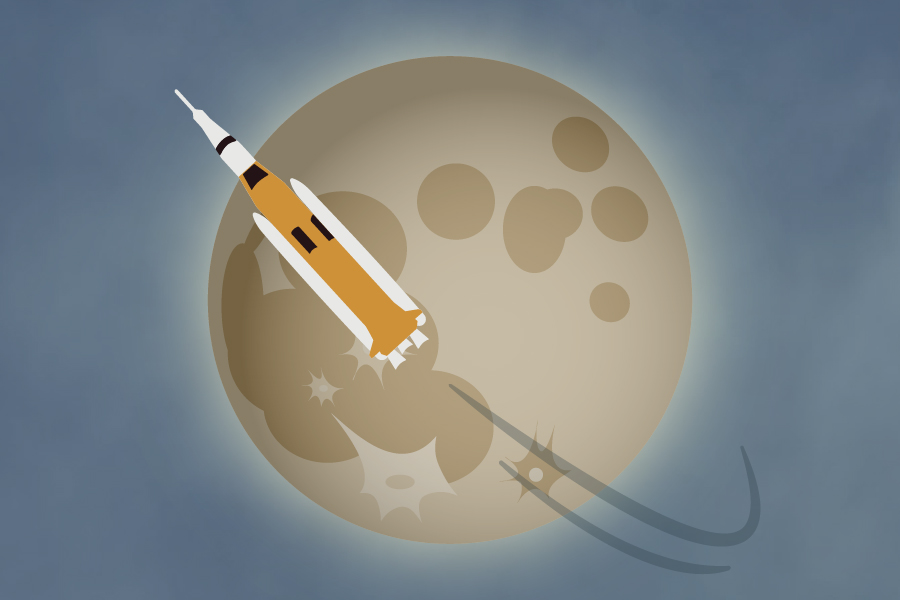Mission Artemis: The Return Plan
NASA’s expedition to get humans back on the moon
Mission Artemis was announced on Dec. 11 2017 to establish permanent bases on the moon and to help prepare for future manned missions to Mars. The journey is planned to take place over five missions, with future missions highly anticipated. The expedition is a collaboration between government funded agencies and private corporations. The Artemis Accord was created as a mutual agreement between all participating parties in the Artemis mission.
The first part of the mission, Artemis I, was launched on Nov. 16, 2022 with the goal to test NASA’s new Deep Space Exploration System and to perform a safe manned capsule re-entry and splashdown. While the capsule was in orbit around Earth, the Orion spacecraft that carried the exploration system was sent to perform a flyby of the Moon.
The Orion spacecraft returned to Earth on Dec. 11, 2022, after completing its 1.4 million mile path around the moon. As of March 7, 2023, NASA has begun releasing the craft’s findings and data to the public.
The findings of the Orion craft will aid with the execution of Artemis II, where a manned craft will be put into orbit around Earth, then set into a return trajectory that will be aided by the moon. The mission will be used to test critical systems while in orbit and in proximity to the moon. Also, during this time, NASA will be able to observe the astronauts’ vitals and metabolic rates along with their sleeping cycles to ensure that a schedule can be created to maximize readiness for the actual landing with Artemis III. The Artemis II launch date is planned for May 2024, but no later than 2025.
This mission will include landing a lunar lander on the surface of the moon, along with the goal to have the first woman and person of color on the moon’s surface. This mission will include two moon walks before the crew has to rendezvous with the Orion spacecraft. The companies SpaceX, Blue Origin and Dynetics have been chosen to produce ideas for the lander that will be used in this mission.
Mission Artemis is the first planned mission to send humans to the moon since the Apollo missions in 1969. Since then, we have set our sights on the idea of potential permanent residence on the moon. Artemis is our step back into the stars, as it will grow our knowledge of space travel and space colonies. All this will be used to send humans to Mars next, expanding the perception of the solar system and possibly the universe.




